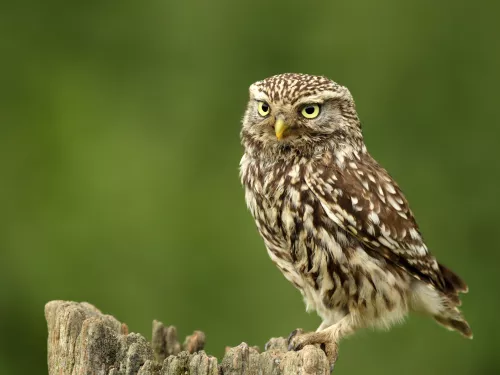Lightbulb sea squirt
The lightbulb sea squirt is common around much of the UK. Its easy to see where its name came from!
The lightbulb sea squirt is common around much of the UK. Its easy to see where its name came from!
Lilac is an introduced species in the UK that can sometimes be found in hedgerows and along woodland edges. Flower spikes appear in spring, beautifully scented and packed with small, lilac-pink blooms.
A beautifully scented plant, the arching stems and bell-shaped flowers of Lily-of-the-valley can be seen in many woodlands. Despite its delicate appearance, this plant is highly toxic.
The lime hawk-moth is a large, night-flying moth that can be seen from May to July in gardens, parks and woods. It is buff-coloured, with green patches on its scalloped-edged wings.
The linnet can be seen on farmland and heathland across the UK. But, like so many other farmland birds, linnets are declining rapidly, mainly due to agricultural intensification.
The long mane of tentacles that stream out from the lion's mane jellyfish is stunning… literally! Look but don't touch when it comes to these jellyfish - they give a powerful sting.
This little cuttlefish really lives up to its name - it only reaches about 5cm long!
The elegant little egret was once a rare visitor to our shores, but can now regularly be spotted around the coastline of England and Wales. Look out for its beautiful neck plumes that herald the breeding season.
The little grebe is a fantastic diver, but to help it swim underwater, its feet are placed towards the back of its body, making it rather clumsy on land. It only really comes ashore to breed.

Introduced into the UK in the 19th century, the diminutive little owl can now be seen along hedgerows, on farmland and in parkland across England and Wales. It often perches on a pole or rock, looking out for its unsuspecting prey.
The little ringed plover first nested in the UK in 1938, but has since moved in happily! It has taken advantage of an increase in man-made flooded gravel pits, reservoirs and quarries that provide perfect habitats.
This tiny wading bird is most often seen in autumn, feeding on the muddy margins of wetlands.